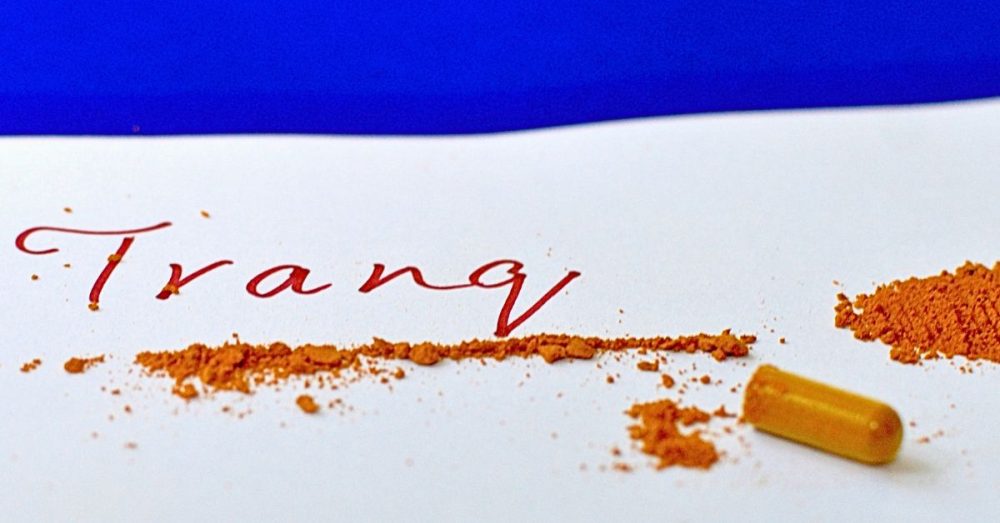A deadly emerging drug called xylazine, an animal tranquilizer known on the streets just as ‘tranq’ and often mixed with fentanyl, has sparked a sharp rise in overdose deaths across the country.
Xylazine initially surfaced as an additive drug in Puerto Rico in the early 2000s, according to reports from the U.S. Department of Justice’s Drug Enforcement Administration (DEA). Fast forward ten years, and the drug was officially observed as an independent substance being widely abused on the island. Today, Puerto Rico is still plagued by ongoing issues stemming from xylazine.
According to recent data from the Milwaukee County Medical Examiner’s Office, 2023 saw 138 out of 616 overdose deaths attributed to the lethal combination of xylazine and fentanyl, according to Wisconsin Public Radio (WPR).
Dr. Maryann Mason, an associate professor of emergency medicine at Northwestern University’s School of Medicine, expressed concern over the trend, noting that xylazine does not respond to Naloxone or “Narcan,” the standard opioid reversal medication often used to reverse overdoses in fentanyl or heroin cases. This issue poses a significant challenge for first responders attempting to revive individuals who overdose on this combination, reported WPR.
However, the DEA still recommends administering Narcan in response to xylazine-related overdoses.
The surge in xylazine-related deaths isn’t confined to Milwaukee. Communities nationwide have reported similar spikes, reflecting a national trend flagged by the DEA.
According to the DEA’s lab reports from 2020 to 2021, xylazine has been found in evidence across all four U.S. regions, with the Northeast experiencing the most cases over the two-year span. However, all regions have seen an increase in “instances” reported with xylazine, with the South reporting the biggest rise, up by 193%.
The DEA claims that xylazine’s spread across the United States mirrors the pattern observed with fentanyl, starting in white powder heroin markets in the Northeast, moving into the South, and gradually extending its presence westward into other drug markets.
DEA Administrator Anne Milgram labeled xylazine as exacerbating the already deadly opioid crisis driven by fentanyl, describing it as one of the gravest drug threats facing the country today.
“Xylazine is making the deadliest drug threat our country has ever faced, fentanyl, even deadlier, the DEA has seized xylazine and fentanyl mixtures in 48 of 50 States. The DEA Laboratory System is reporting that in 2022, approximately 23% of fentanyl powder and 7% of fentanyl pills seized by the DEA contained xylazine,” said Milgram in a public safety alert.
The White House’s Office of National Drug Control Policy has also echoed these concerns, labeling xylazine as an “emerging threat” requiring urgent attention and intervention in a published statement.
The DEA suggests that xylazine may evolve similarly to its emergence in Puerto Rico, potentially becoming a standalone drug of abuse in the future.


